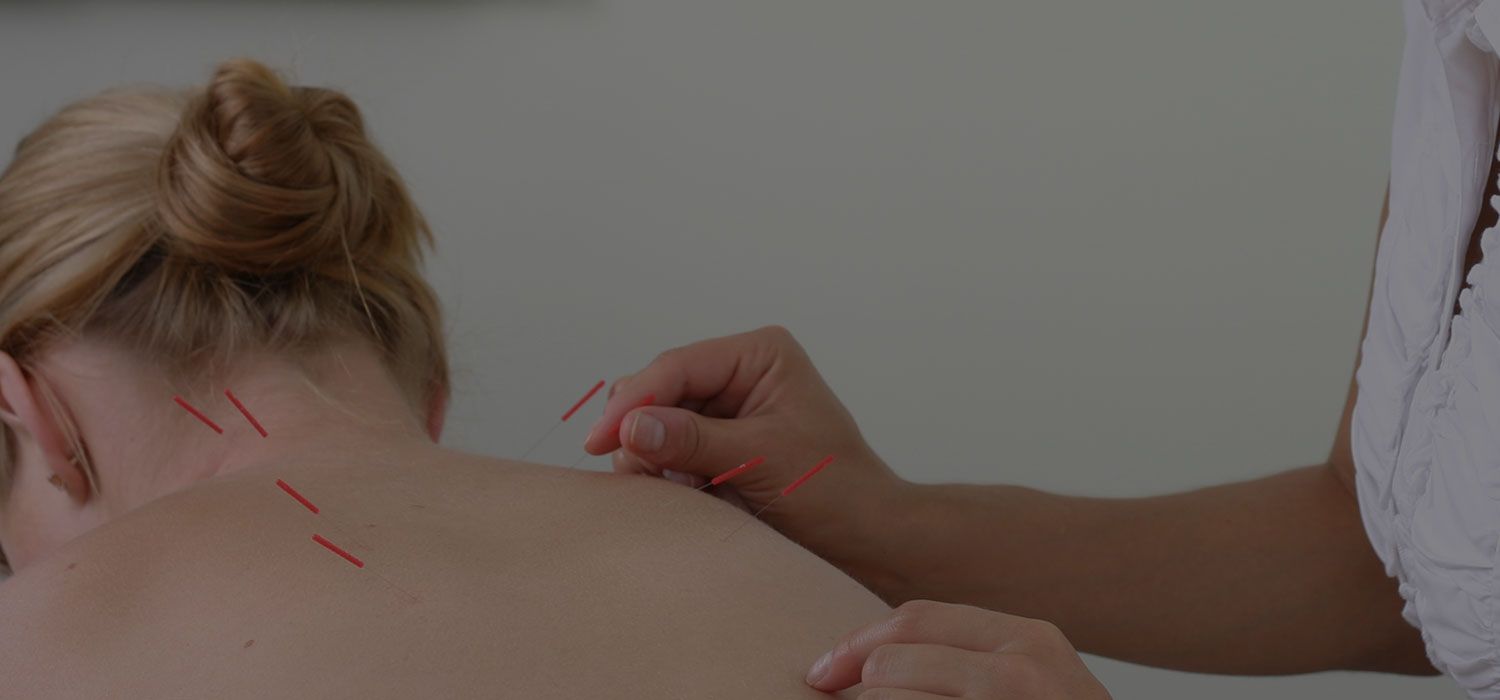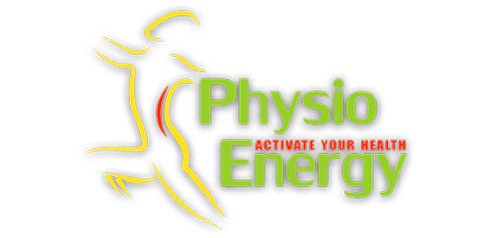Acupuncture

Acupuncture in the treatment of musculoskeletal diseases
Traditional Chinese Medicine (TCM) has been found in writings for 3000 years and includes acupuncture and moxibustion (applying heat to the skin by burning the dry leaves of the herb Moxa-Mugwort). TCM is a holistic treatment concept and is based on the recognition that the body has the ability on its own to return to a balanced state of health/restoration if given the right stimulus.
Acupuncture and moxibustion are very important in TCM, and many believe that moxibustion was used as a treatment before acupuncture. Acupuncture is applied by placing needles inside the body at specific points to treat diseases, relieve pain or induce analgesia.
Having undergone many modifications and improvements over the centuries, acupuncture is based on the observation that a few energy pathways called meridians play an important role in the functioning of the human body. Each meridian has a specific course and connections to deeper organs and tissues. Each meridian corresponds to specific organs and functions. On the meridians and at specific points, there are energy nodes, which are nothing more than acupuncture points. Thus, we can define the meridian as the imaginary union of acupuncture points that have approximately the same therapeutic effect or affect the same group of body organs. The combination of acupuncture points of different meridians brings the maximum therapeutic results.
Acupuncture points are located on the skin or muscles in areas rich in nerve plexuses, blood vessels and sweat glands. These points are not "dots" in the skin, but anatomical structures with nerves and vasculature. In areas of the body where there is little subcutaneous fat, the points are numerous, while fewer in areas where there are glands. There are acupuncture points that are superficial and others that are deeper (on muscles). The practical application of acupuncture is simple and painless. Needles that are fully sterile and disposable are used. The needles vary in length and thickness (selected according to the physique of the person and the area of treatment), while their material of construction can be gold, silver, platinum or stainless steel.
More and more conditions are being added to the list of indications for acupuncture, which is being accepted as a treatment option by many health systems throughout Europe and the world. Its most important application, however, relates to the treatment of pain.
In the last 100 - 200 years when western medicine began to develop, with rational experimentation and observation there were independent cases of research that identified painful points in various parts of the body and called them trigger points. These researchers, without knowing that acupuncture exists and without knowing each other because they lived in completely different parts of the world, have once again demonstrated one of the principles of acupuncture: the painful points of the musculoskeletal system.
In the 19th century, the German doctor Weihe discovered and pointed out 195 painful points that usually bothered the thousands of patients he studied in his hospital. At the beginning of the 20th century, the American doctor Head developed the theory of muscle zones distributed throughout the body and identified the most frequently located painful points, which he called trigger points. In the mid-20th century (1956), the French doctor De la Fuye identified 329 points on the outer part of the body that his patients usually identified on their own and mostly bothered them. He identified 482 points that with light massage have a therapeutic effect, of which 432 are in complete agreement with the points of Acupuncture.
But those who have investigated and given credible answers to the connection between acupuncture and trigger points are Travell and Simons who identified 350 trigger points that all correspond to acupuncture points.
They even point out in their book that patients unconsciously press or massage these points, or absent-mindedly leave their palm on them, or scratch them persistently, or caress them without realizing it, and finally this frequent contact with these points turns out to be suppressive or even therapeutic for the symptoms that the patient has.
Today, advances in physiology and the development of new imaging techniques have allowed us to understand and interpret the action mechanisms of acupuncture.
In fact, research aimed at a full understanding of the mode of operation and therapeutic action of acupuncture, with strict scientific and methodological criteria, is growing every day, resulting in a more complete statistical record of the effectiveness of acupuncture for each category of diseases separately. The clear neurophysiological substrate of acupuncture's action and the fact that it can be perfectly combined with classical physiotherapy (exercise, manual therapy, etc.), has resulted in its wide acceptance by the physiotherapy community worldwide.



